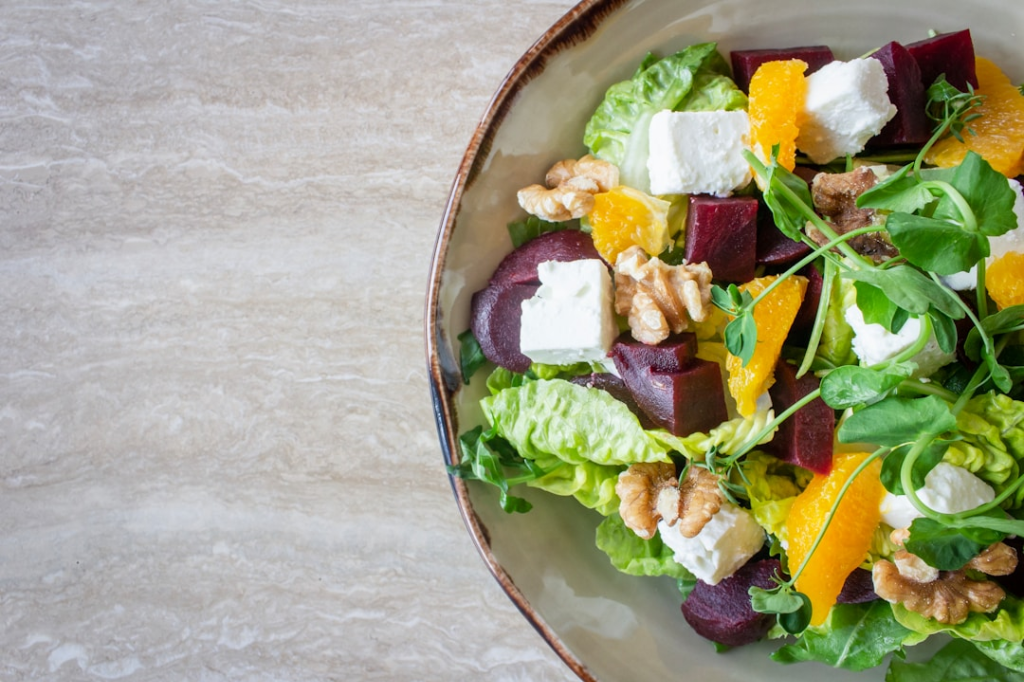For those looking to reduce sodium in their diet, baking can often seem challenging. Many recipes rely on salt to enhance flavors, but that doesn’t mean you have to sacrifice taste. This guide will walk you through the process of making low-sodium biscuits—a healthier, delicious alternative to traditional biscuits. With simple ingredients and easy-to-follow steps, you can enjoy a heart-healthy treat that’s perfect for any time of the day.
This recipe is designed to be user-friendly, so even beginners can achieve soft, fluffy biscuits. Whether you’re baking for yourself or your loved ones, this guide is all you need to create a wholesome snack that’s kind to your heart.
What Makes Low-Sodium Biscuits Special?
Low-sodium biscuits are crafted with minimal or no added salt, relying instead on natural ingredients and smart flavor combinations. These biscuits:
- Promote Better Health: Lowering sodium helps maintain blood pressure and supports heart health.
- Retain Flavor: Smart use of herbs, spices, and unsalted butter ensures that you don’t miss the salt.
- Versatile and Customizable: Serve them with low-sodium spreads, fresh fruits, or even as a side with soups and salads.
The Need for Low-Sodium Alternatives
A high-sodium diet can lead to health complications such as high blood pressure, heart disease, and kidney problems. According to dietary guidelines, adults should aim for less than 2,300 mg of sodium daily, but the average intake is often much higher. Switching to low-sodium recipes is an easy and effective way to manage sodium levels while enjoying your favorite foods.
Ingredients for Low-Sodium Biscuits
Here’s a list of ingredients to make approximately 10 biscuits:
- 2 cups all-purpose flour (or substitute with whole wheat for extra fiber)
- 1 tablespoon low-sodium baking powder
- 1/2 teaspoon cream of tartar (optional for a lighter texture)
- 2 tablespoons unsalted butter, chilled and cubed
- 3/4 cup low-fat milk or plant-based milk (unsweetened almond or oat milk works well)
- 1 tablespoon honey or sugar (optional, adds a mild sweetness)
- 1 teaspoon dried herbs (e.g., rosemary, thyme, or parsley) for added flavor
Optional Ingredients:
- A pinch of garlic powder or onion powder for an extra savory touch.
- Grated unsalted cheese for a cheesy variation.
Step-by-Step Recipe: How to Make Low-Sodium Biscuits
- Preheat the Oven:
Set your oven to 425°F (220°C). Line a baking sheet with parchment paper or lightly grease it. - Combine Dry Ingredients:
In a large mixing bowl, whisk together the flour, baking powder, and cream of tartar. This ensures even distribution of the leavening agents for a good rise. - Cut in the Butter:
Add the chilled butter cubes to the dry mixture. Use a pastry cutter, fork, or your fingertips to work the butter into the flour until the mixture resembles coarse crumbs. - Add Milk and Mix:
Slowly pour in the milk while gently stirring the mixture with a spatula or spoon. Mix until the dough just comes together—avoid overmixing to keep the biscuits light and tender. - Knead and Roll:
Turn the dough onto a lightly floured surface. Knead it gently 4-5 times to bring it together, then roll it out to about 1/2-inch thickness. - Cut Biscuits:
Use a round cutter or a glass to cut out biscuit shapes. Gently press the scraps together and cut additional biscuits until the dough is used up. - Bake:
Place the biscuits on the prepared baking sheet, spacing them about an inch apart. Bake in the preheated oven for 10-12 minutes or until the tops turn golden brown. - Cool and Serve:
Remove the biscuits from the oven and let them cool on a wire rack for a few minutes before serving. Pair them with unsalted butter, a drizzle of honey, or your favorite low-sodium spread.
Tips for Perfect Low-Sodium Biscuits
- Use Fresh Ingredients: Fresh baking powder ensures your biscuits rise well.
- Chill Your Butter: Cold butter creates flaky layers.
- Don’t Overmix: Overmixing the dough can result in dense biscuits.
- Experiment with Add-Ons: Incorporate herbs, spices, or unsalted cheese for variety.
Health Benefits of Low-Sodium Biscuits
- Supports Heart Health: Reducing sodium helps maintain a healthy blood pressure level.
- Kidney-Friendly: A low-sodium diet eases kidney function.
- Weight Management: Low-sodium options can reduce bloating and water retention.
- Flavorful Nutrition: You can achieve great taste using natural ingredients.
Serving Suggestions
Low-sodium biscuits are incredibly versatile. Here are some ideas:
- Serve them warm with a dollop of unsalted butter or sugar-free jam.
- Pair them with a bowl of low-sodium soup for a hearty meal.
- Use them as a base for savory dishes like biscuits and gravy (made with low-sodium gravy).
- Add fresh fruits or yogurt on the side for a healthy breakfast.
FAQs About Low-Sodium Biscuits
Q1. Can I make these biscuits gluten-free?
Yes, you can substitute all-purpose flour with a gluten-free flour blend. Make sure to check that all other ingredients, such as baking powder, are also gluten-free.
Q2. How do I store leftover biscuits?
Store cooked biscuits in an airtight container at room temperature for up to 2 days. For longer storage, freeze them for up to 3 months. Reheat in the oven before serving.
Q3. What can I use instead of cream of tartar?
You can skip it altogether or replace it with an equal amount of lemon juice or white vinegar.
Q4. Are these biscuits suitable for kids?
Yes, these biscuits are kid-friendly, especially if you add a hint of sweetness with honey or sugar.
Q5. How can I add more flavor without adding salt?
Incorporate garlic powder, onion powder, or fresh herbs like chives or parsley.
Q6. Can I make them vegan?
Yes! Use plant-based butter and milk to make these biscuits vegan-friendly.
Conclusion
Making low-sodium biscuits at home is not only easy but also a rewarding way to enjoy a healthier lifestyle. With simple ingredients and a straightforward process, you can bake fluffy, delicious biscuits that cater to your dietary needs. These biscuits are perfect for breakfast, snacks, or as a side dish for soups and stews.
Switching to low-sodium alternatives doesn’t mean compromising on flavor—it’s about finding creative ways to make your meals both healthy and enjoyable. Give this recipe a try, and you’ll be amazed at how delicious low-sodium baking can be!


